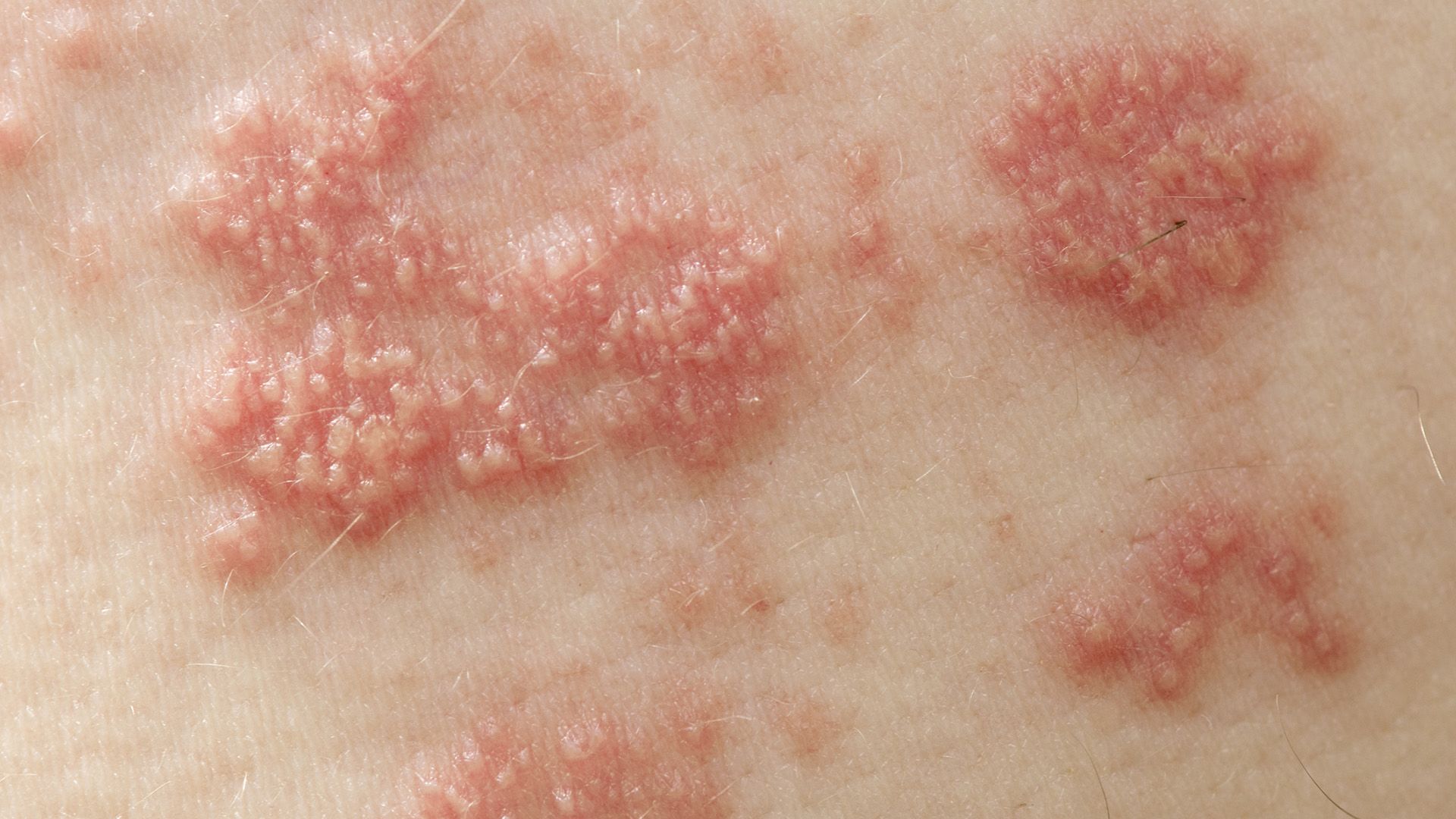Shingles is a painful, blistering rash caused by a reactivation of the varicella zoster virus (VZV), the same virus that causes chicken pox. After a chickenpox infection resolves, the virus resides in the body in a dormant state. Anyone who has had chicken pox in the past is at risk for shingles.
The most common location for a shingles rash is on the torso, but shingles can occur anywhere on the body, including the face. While a shingles rash typically resolves within three to five weeks, it can seriously impact a person’s quality of life—both short term, and long term.
Shingles in the short term
People with shingles usually experience pain, tingling, or itching before the rash appears. These symptoms are typically limited to the area of the body where the rash will occur. Symptoms can be mild or severe and can vary throughout the course of the rash.
Shingles pain can make it difficult to sleep (which can affect mood and energy levels). It can also interfere with many daily activities, such as showering or getting dressed—the area of the body affected can be very sensitive, and even the slightest contact with the rash can be very painful. It can also become infected.
Once the rash appears it usually takes about 7 to 10 days to scab over. During this time, a person with shingles will be contagious, and will need to avoid contact with anyone who hasn’t had chickenpox, or who has not been vaccinated against chickenpox or shingles. They will also need to avoid contact with anyone who has a weakened immune system, people who are pregnant, and newborns.
Having to avoid close contact with friends and loved ones can feel isolating, especially during a time when you are dealing with pain and other symptoms.
Postherpetic neuralgia (PHN)
While shingles typically resolves within a number of weeks, it can cause long-term complications.
The virus that causes shingles resides in nerve tissue, which is why the rash usually occurs in a band or a line on one side of the body—it follows the path of the nerve fibers running through the skin.
Postherpetic neuralgia (PHN) occurs when nerve fibers become damaged as a result of a shingles outbreak. When a person has PHN, damaged nerve fibers send exaggerated pain messages from the skin to the brain. This causes ongoing pain, which can last for months—or in some cases, years.
The pain from PHN can be debilitating. Daily tasks like work or chores can become difficult or impossible. A person might become isolated and lonely as social activities and relationships become too much to keep up with. Being in pain also increases a person’s risk of experiencing depression or other mental health disorders, like anxiety.
Between 10 and 18 percent of people who have shingles will experience PHN. The chances of developing PHN after shingles—and the chances of it being severe—increases with age.
Vision, hearing, and balance problems
As mentioned above, shingles can occur on many different parts of the body, including the face.
Herpes zoster ophthalmicus (HZO) refers to shingles that occurs around the eye—and in some cases, on the eye itself. HZO can cause permanent eye problems that affect the vision, including corneal ulcers, inflammation, and glaucoma. People who develop shingles around the eye should seek emergency medical care—it can cause permanent damage and blindness
Additionally, shingles that occur in or around the ear can cause problems with hearing and/or balance.
Preventing shingles—and complications
The best way to prevent shingles from impacting your quality of life is to avoid getting shingles in the first place.
Getting a shingles vaccine can significantly reduce your risk. Given as a two-dose series of shots spaced 2 to 6 months apart, the shingles vaccine is 90 percent effective at preventing shingles. The vaccine also protects against PHN.
The shingles vaccine is recommended for most people who are 50 years of age and older, including people who received an earlier version of the shingles vaccine (which was less effective) and people who have had shingles before (the vaccine can prevent another shingles outbreak).
The vaccine is not recommended for people who currently have shingles, people who are pregnant or breastfeeding, or people who have had a serious allergic reaction to any ingredient in the vaccine. People who have a weakened immune system are advised to talk to a healthcare provider before receiving any vaccination.
People who have not had chickenpox should receive the chickenpox vaccine instead of the shingles vaccine. If you are not sure if you’ve had chickenpox, there is a test that can check for antibodies.
If you have questions about the shingles vaccine, your best source of information will be a healthcare provider.






